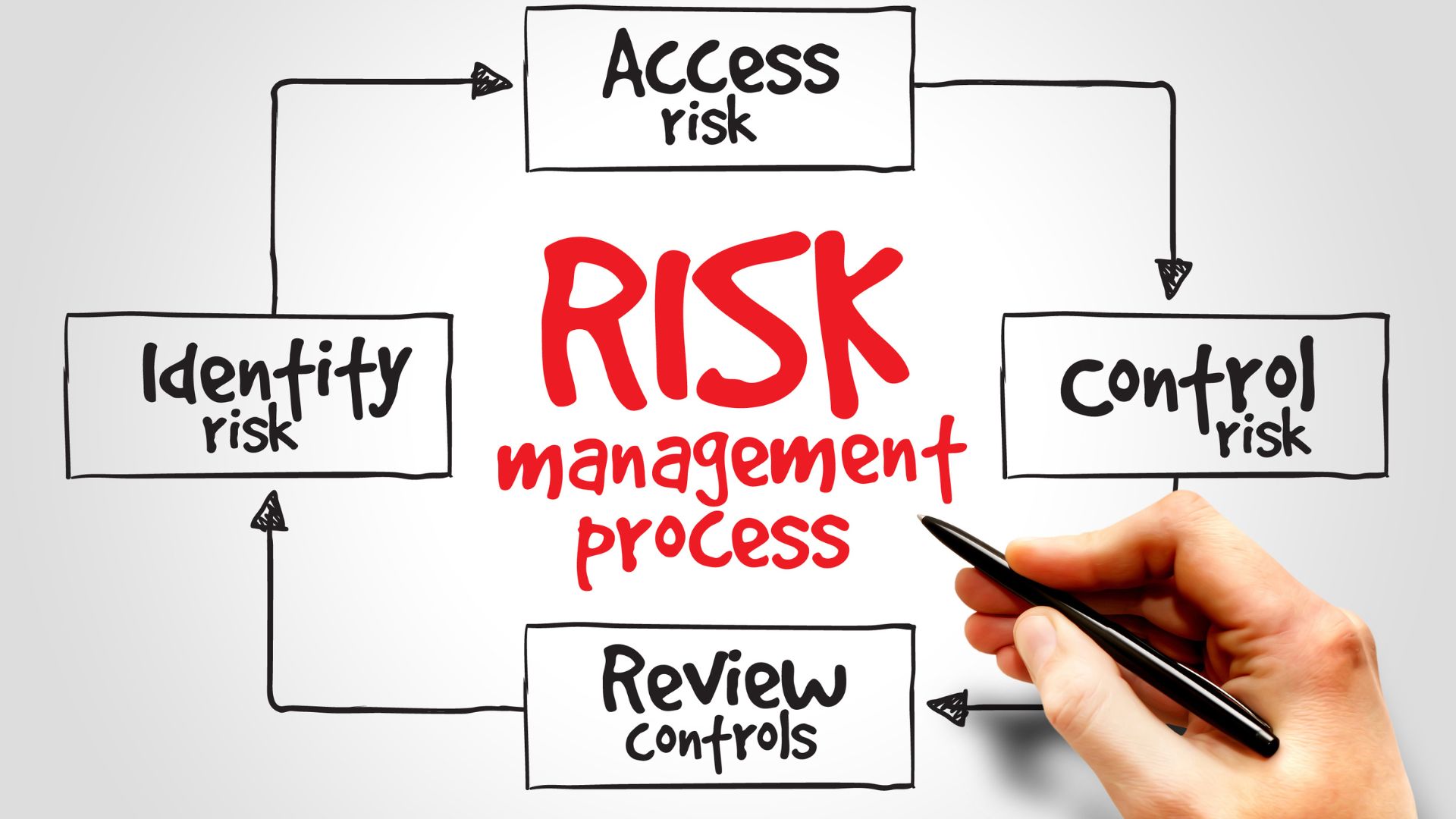
• Introduction
In today’s rapidly evolving business landscape, compliance with regulations is more crucial than ever, especially in Saudi Arabia. The introduction of comprehensive governance frameworks has made it possible for companies to not only meet regulatory requirements but also to enhance their operational efficiency. A notable example is how a Saudi business successfully reduced its compliance risks by 50% through the implementation of Corporate Governance (CG) Best Operational Practices (BOD). This blog post explores the journey of this business, highlighting the significance of compliance risk reduction and offering insights into how other organizations can achieve similar success.
• Define the Key Concept
Compliance risk refers to the potential for financial losses or reputational damage that a company may face due to its failure to adhere to laws, regulations, and internal policies. In simple terms, it’s the risk of getting into trouble because of non-compliance. Corporate Governance (CG) Best Operational Practices (BOD) encompass the systems, principles, and processes by which a company is directed and controlled. It involves creating a framework that ensures accountability, fairness, and transparency in a company’s relationship with its stakeholders. By adopting effective CG BOD practices, businesses can significantly mitigate compliance risks, ensuring they remain on the right side of the law while fostering trust with stakeholders.
• Market Relevance
For Saudi businesses, the importance of compliance risk reduction cannot be overstated. The Kingdom is undergoing significant economic transformation under Vision 2030, which aims to diversify the economy and enhance the investment environment. As foreign investments increase and new regulations emerge, companies must navigate a complex compliance landscape. Non-compliance can lead to severe penalties, including fines, legal action, and damage to reputation. Thus, implementing effective compliance strategies not only safeguards businesses but also promotes a culture of integrity and accountability, which is essential for sustainable growth in the competitive Saudi market.
• Key Challenges
Despite the clear benefits of compliance risk reduction, many Saudi companies face several challenges, including:
Complex Regulatory Environment: The constantly evolving regulations can be overwhelming, making it difficult for businesses to keep up.
Lack of Awareness and Training: Employees may not fully understand compliance requirements, leading to unintentional violations.
Resource Constraints: Smaller businesses may lack the financial and human resources necessary to implement comprehensive compliance programs.
Inadequate Technology: Many organizations still rely on outdated systems that do not support efficient compliance monitoring and reporting.
Cultural Resistance: There may be resistance to change within organizations, making it difficult to adopt new governance practices.
• Solutions & Best Practices
To effectively reduce compliance risks, Saudi businesses can adopt the following best practices:
Conduct Regular Compliance Audits: Regular audits can help identify gaps in compliance and areas for improvement.
Invest in Training Programs: Implement comprehensive training programs to educate employees about compliance requirements and the importance of adherence.
Leverage Technology: Utilize modern compliance management software to streamline processes, monitor compliance, and generate reports.
Establish a Compliance Culture: Encourage a culture of compliance within the organization, emphasizing its importance at all levels.
Engage with Experts: Seek advice from compliance professionals who can provide insights and guidance tailored to the specific needs of the business.
• Case Studies & Real-World Examples
One Saudi business that exemplified successful compliance risk reduction is XYZ Corporation. By implementing CG BOD practices, they established a robust compliance framework that included regular training sessions, the adoption of compliance management software, and the formation of a dedicated compliance team. As a result, XYZ Corporation was able to reduce its compliance risks by 50% within a year. The company not only avoided potential fines but also enhanced its reputation among stakeholders, leading to increased investor confidence and business opportunities.
Another example is ABC Ltd., which faced significant challenges in navigating the regulatory landscape. After conducting a thorough compliance audit and investing in employee training, they were able to identify and address compliance gaps effectively. The implementation of a compliance management system streamlined their processes and improved their reporting capabilities, resulting in a 40% reduction in compliance-related issues.
• Conclusion
In conclusion, the journey of Saudi businesses toward effective compliance risk reduction is vital for sustainable growth and operational success. By understanding the importance of Corporate Governance Best Operational Practices, recognizing the challenges, and implementing strategic solutions, companies can significantly mitigate compliance risks. The success stories of businesses like XYZ Corporation and ABC Ltd. serve as powerful reminders that with the right tools and commitment, compliance can transform from a burden into a strategic advantage. As Saudi Arabia continues to evolve, embracing compliance not only ensures legal adherence but also fosters a culture of integrity that can propel businesses toward a prosperous future.
